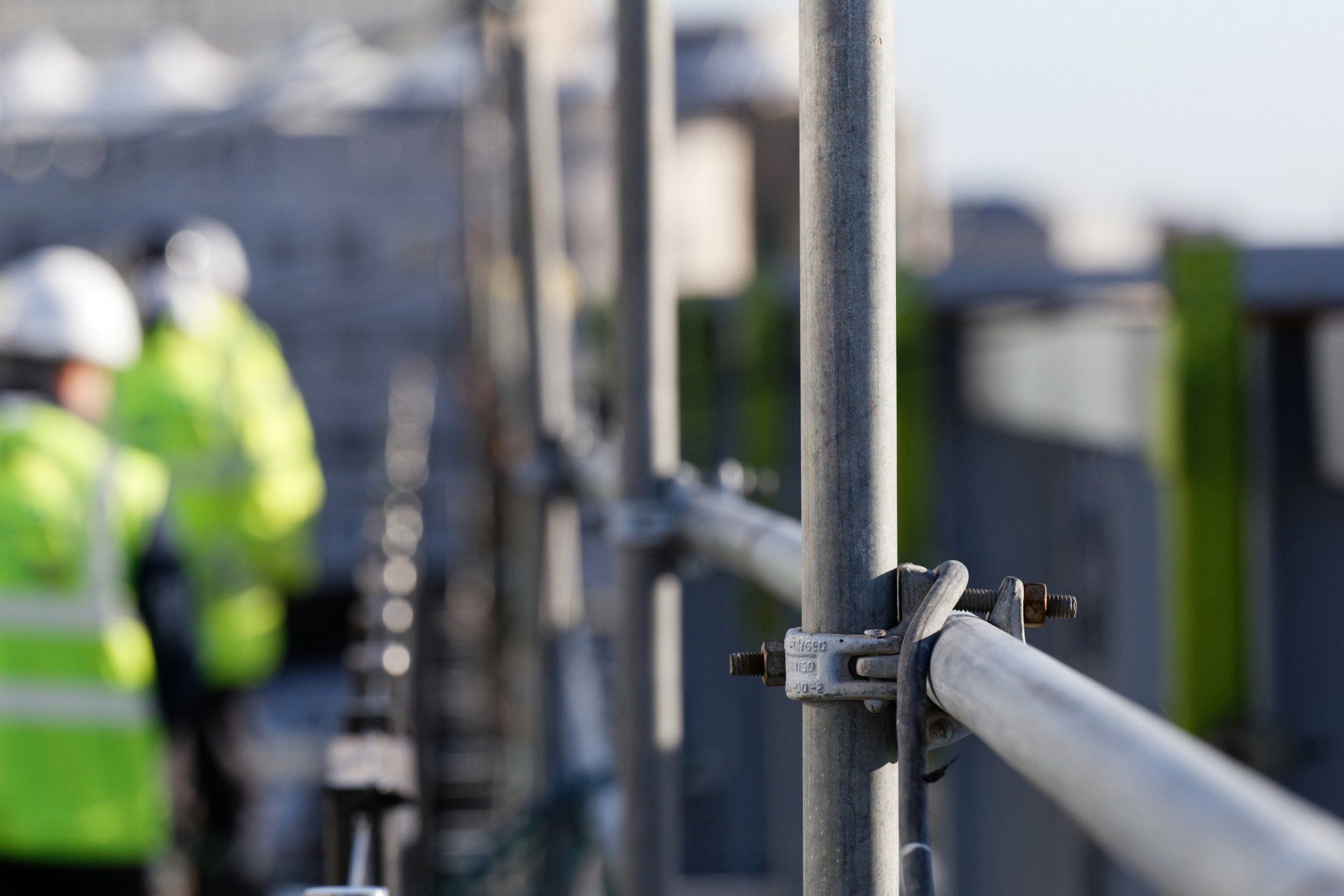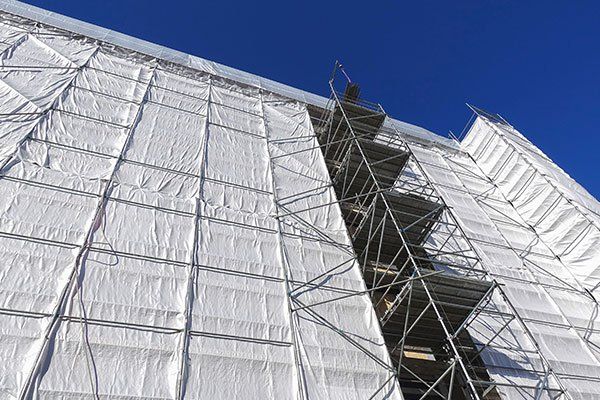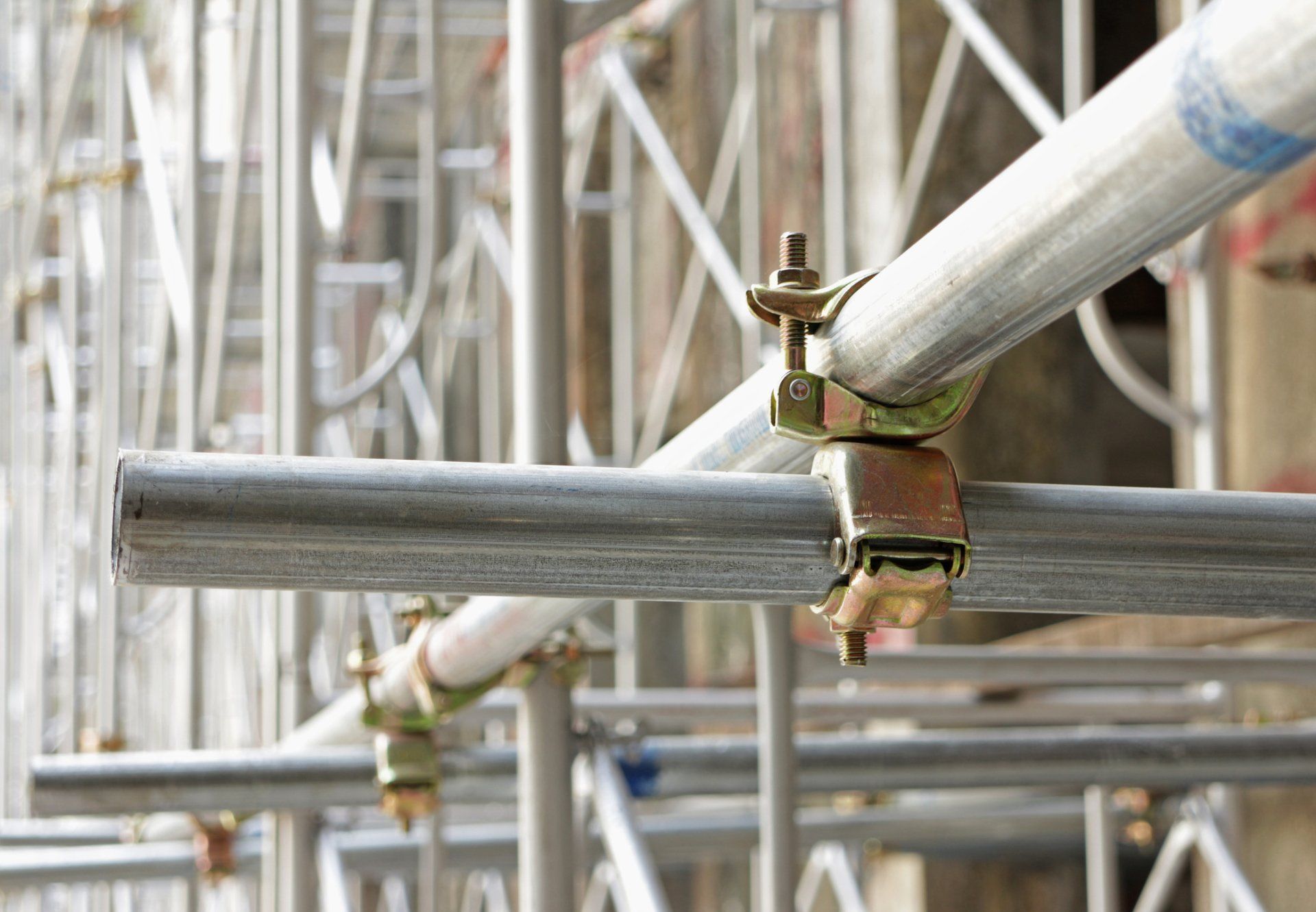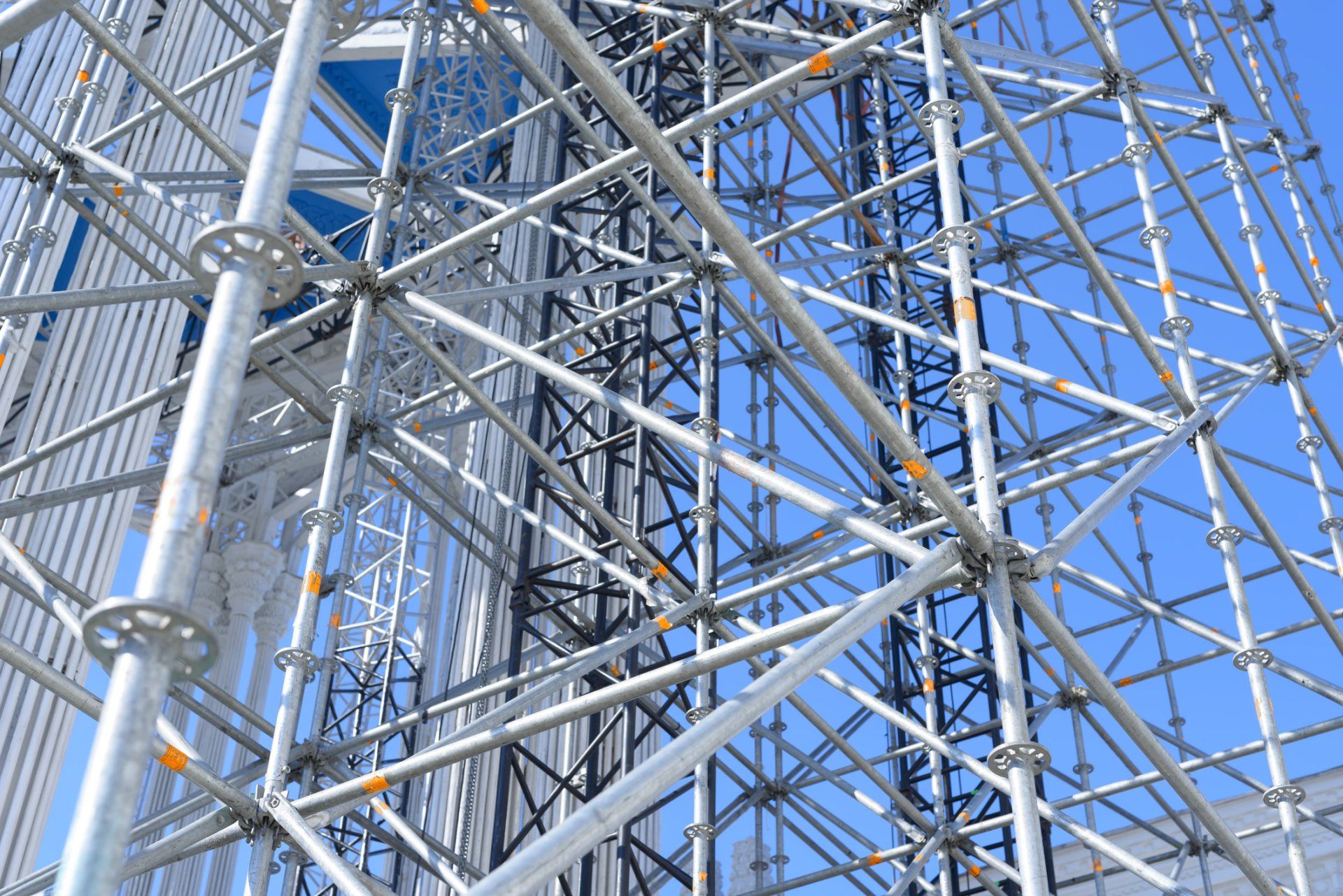How Your Scaffolding Plan Should Incorporate Debris Management

Whether you plan to add or take away material from your building, a certain amount of waste debris will always be involved. To protect those working and those passing nearby, you need to have an effective strategy in place to dispose of debris and keep it out of the way. Here are just a few methods you should consider.
Debris Netting
Much like the netting for trapeze artists, debris netting is set in place to catch falling debris, and even sometimes falling people, during the course of construction. While workers typically wear secure harnesses to keep themselves from falling, debris netting often has enough tensile strength to hold a person as well should it become necessary.
Of course, debris can weight much more than a single worker. The lives of five workers at a Charleston, SC
, worksite were saved because the netting at their construction site was prepared with an abundance of caution. The netting caught four tons of tower debris - much more than it was estimated to handle.
While it's unlikely that your project will involve tons of falling tower material, err on the side of caution when you set up your netting. Your workers will depend on that netting with their lives should other safety measures fail, and you never know what may fall during a job.
Pedestrian Canopy
Much like debris netting, pedestrian canopies protect those who walk under construction areas from falling material. However, they work less as a catch-all net and more as a shield for pedestrians. Pedestrian canopies should be the final barrier between pedestrians and the scaffolding site, not the only barrier.
When companies rely too heavily on their pedestrian canopies to protect those on the ground, accidents are much more likely. Much like you wouldn't want an umbrella to be the only defense against falling stone, a canopy's purpose is to catch what little particles your net and secure scaffolding system let through. Pedestrian canopies are useful, but only as part of your overall debris management system.
Waste Disposal Chutes
Not all your waste debris will be things you wanted to keep up high in debris netting. In fact, a large portion of the debris will be waste you plan to throw away. If you don't have a system set up to safely carry this waste to the ground for proper disposal, your scaffolding can become quickly cluttered. You can use a strong system of chutes to solve this problem.
Of course, this can be much more complicated than just building a slide for your trash. Many cities have strict guidelines about how a chute should be constructed and what it should accomplish. Things like rodent-proofing and dust control are a must when it comes to proper chute construction, no matter how temporary the structure.
There is no catch-all solution for debris management. Each and every part, whether it be netting, canopies, or chutes, handles a specific hazard that debris presents when combined with scaffolding. That is why it is essential that you know and understand every part of your waste debris management plan before you give the go-ahead for scaffolding to be put in place.
Additionally, each aspect of scaffolding is highly regulated to make sure that the scaffolds are sufficiently stable and safe for both those who work on them and those who pass underneath. That is why scaffolding is best left to professionals who have the right experience and materials for the job. Debris management
overall is a serious part of scaffolding safety that needs professional oversight.
For experienced debris management and scaffolding services, reach out to Pacific Scaffold Co. Inc. We're ready to help.










